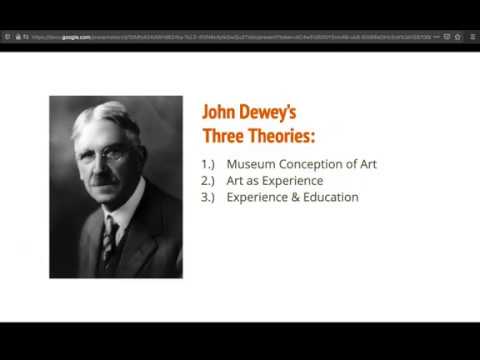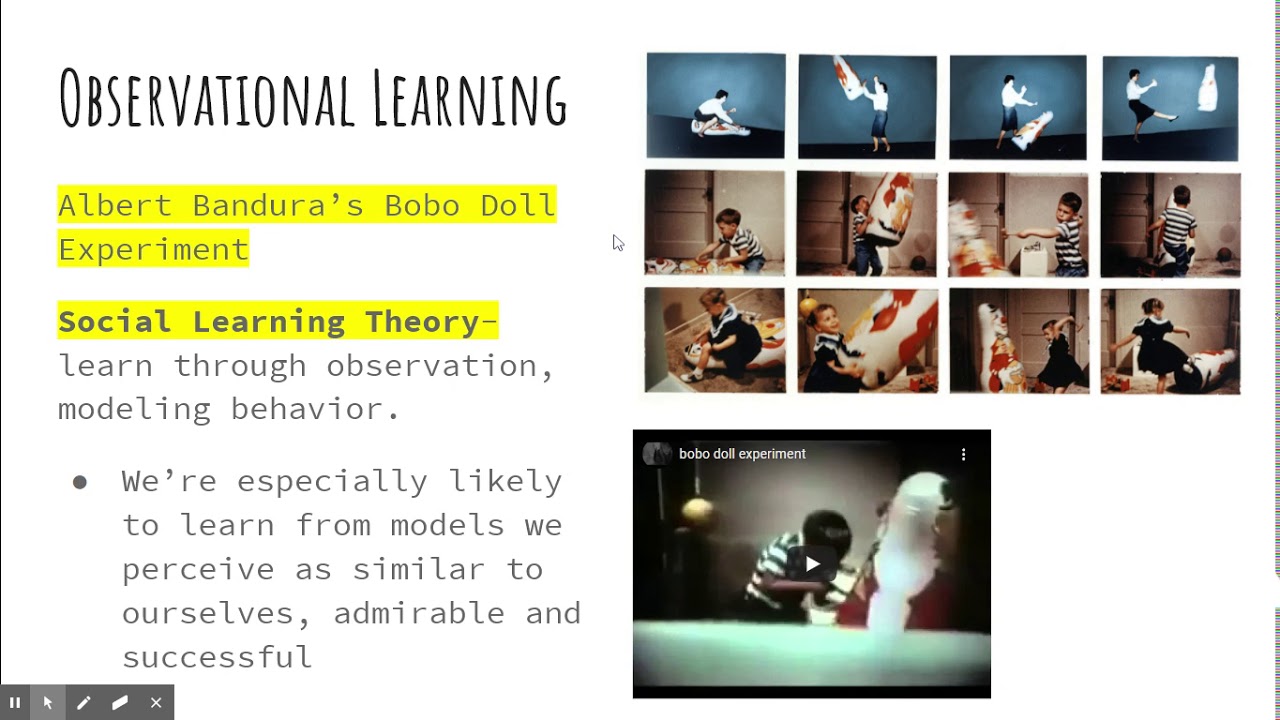Julia Atkins
In the United States, symphony orchestras have faced challenges not only in building their audiences, but also connecting with their communities. Though there are many reasons for the motivators and barriers to attending symphony orchestra concerts in the U.S., it still leaves the question of how and what can symphony orchestras do to connect more to their audiences and communities. One possible solution to this dilemma is through the pragmatic lens of John Dewey. This paper offers an analysis of Dewey’s three main aesthetic theories of the museum conception of art, art as experience, and experience and education, and how they were apparent in two different concerts offered by the Tallahassee Symphony Orchestra in Tallahassee, Florida in March 2019. The first concert examined through Dewey’s lens was a traditional symphony orchestra concert, with the performance of Beethoven’s Symphony No. 9, Ode to Joy. The second concert, which was titled Ode to Understanding, featured the performance of a piece titled Seven Last Words of the Unarmed by Joel Thompson. This particular piece, written for male chorus and orchestra, uses the last words that were spoken by the seven unarmed black men before they were killed by police officers in the United States, and sets them to classical music. An analysis through Dewey’s lens proves that the Tallahassee Symphony Orchestra connects with their core audience in one concert, and connects with the greater community in another, all the while creating a unique experience at both concerts with two very different musical settings.
Source
Creating an Experience to Connect with Audience & Community



